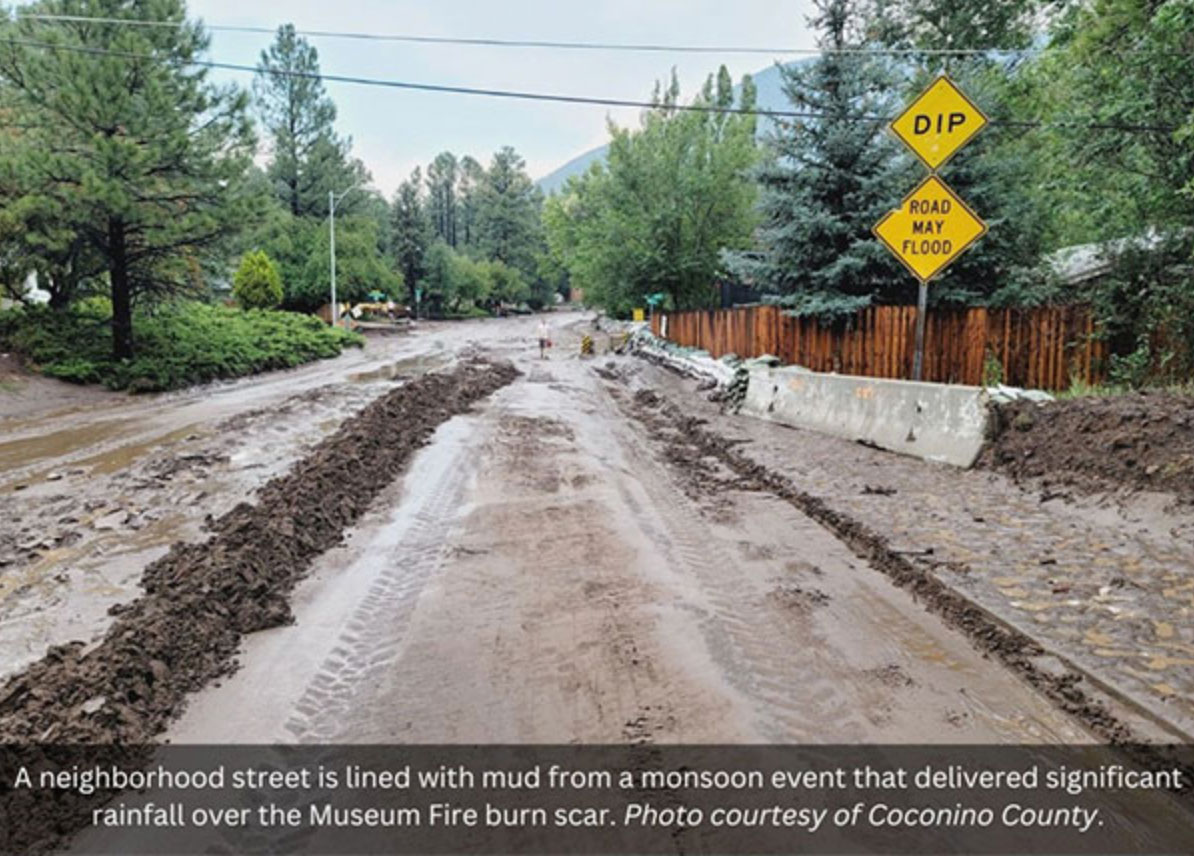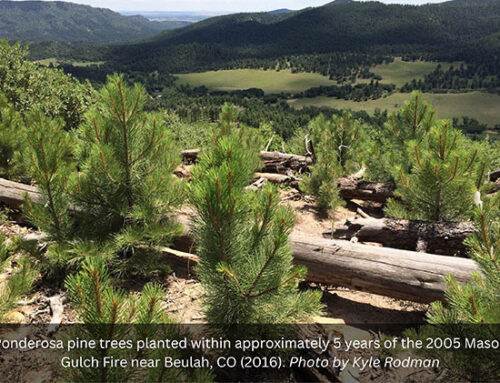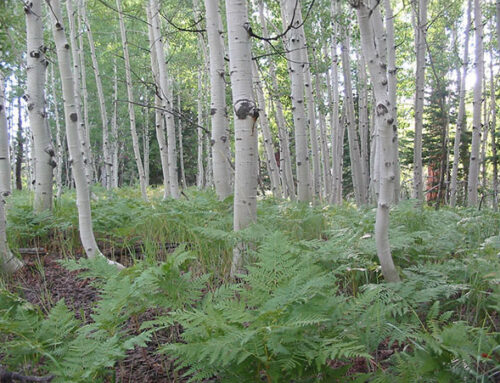Experiences with Wildfire and Flooding: The 2019 Museum Fire
The 2019 Museum Fire provided a case study for ERI and NAU School of Forestry researchers to better understand how the cascading disturbances of wildfire and postfire flooding impact residents’ understandings and behaviors related to these risks.
In 2022, researchers conducted a survey in Flagstaff after 2021 flooding associated with the Museum Fire burn scar and monsoonal events to better understand attitudes toward flood events. This work builds on a survey completed immediately following the 2019 Museum Fire that evaluated respondents’ experience with the fire and evacuation, communication of fire emergency information, and opinions regarding forest management. The follow-up survey—the results of which are published in a new white paper—provides evidence-based suggestions for decision-makers organized around several key takeaways from these data, with the goal of better informing public communication and safety related to postfire environments and flooding.
Some key findings:
- Communication about flooding after the Museum Fire: Survey respondents had greater difficulty identifying trustworthy sources of information for flooding when compared with similar questions about fire information in 2019.
- Improving safety during flood events: Approximately 47.2% of survey respondents sheltered in their homes during a flood, but only 16.3% had prepared an emergency stay kit, indicating a disconnect between planning and action at the household level.
- Reducing flood impacts: Many residents took actions to mitigate flood impacts on their private properties, but ultimately see flood control responsibility as an issue beyond their capacity to mitigate and are supportive of using a variety of measures to reduce risk (e.g., channel redesign, reforestation, forest thinning, prescribed or managed fire).
- Future forest management: This survey is the latest of several that revealed continued overall high support for active forest management, including prescribed fire and managing lightning-ignited fires.
For a detailed list of recommendations drawn from survey results, read the white paper and fact sheet.




